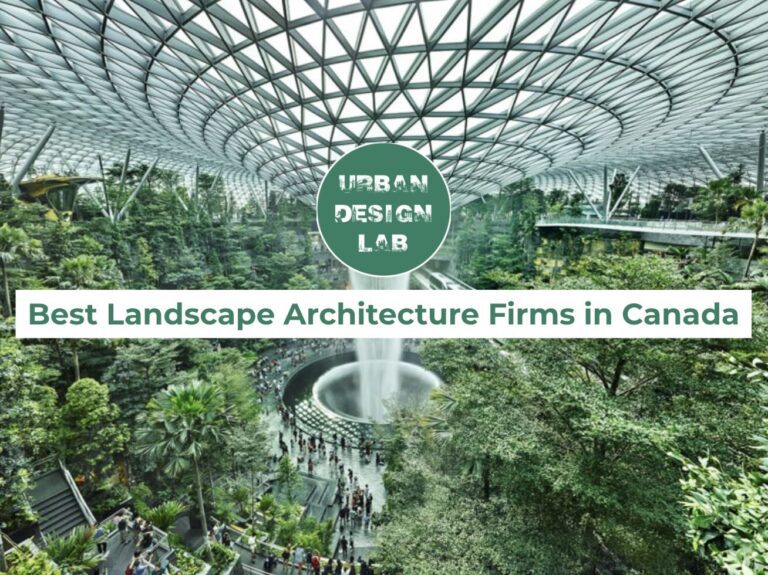
Book Review: Transparency by Colin Rowe and Robert Slutzky
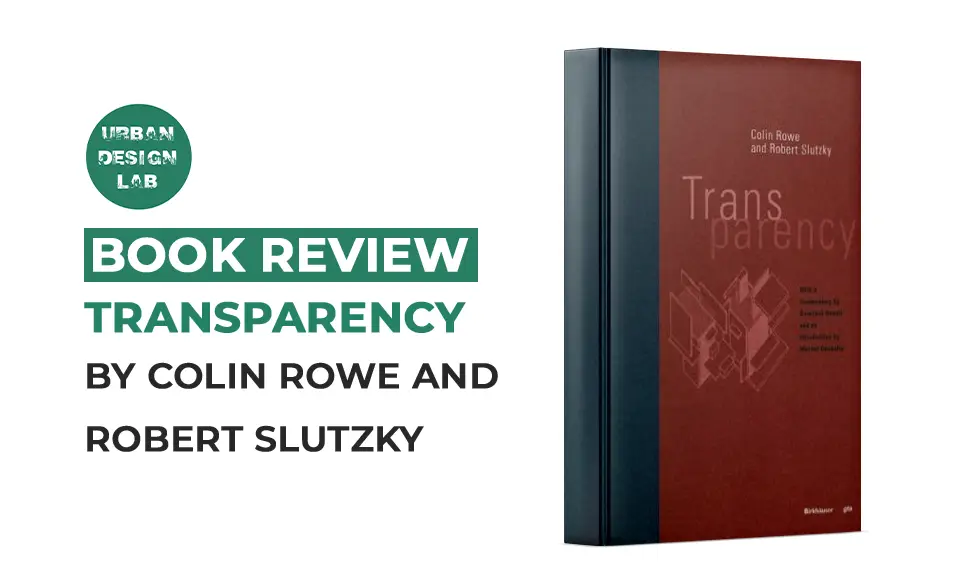
“Transparency” by Colin Rowe and Robert Slutzky stands as a pivotal text in architectural theory, offering a nuanced exploration of the concept of transparency in both literal and phenomenal terms. By examining the intersection of art, architecture, and perception, the authors challenge traditional notions of space and form, inviting readers to rethink how visual and spatial transparency influence design and interpretation. This groundbreaking work continues to shape architectural discourse, providing insight into the complexities of modernist aesthetics and the evolving relationship between structure and vision.
Author's Background: Colin Rowe
Colin Rowe (1920-1999) was a British architect, critic and theorist. After studying architecture in Liverpool university, he went on to follow his passion in architectural theory and history. Through his influential books on architectural thought, and his academic career as a professor in various esteemed universities such as Cornell, Cambridge, and Austin, he became a prominent figure in the architectural discourse of the 20th century.
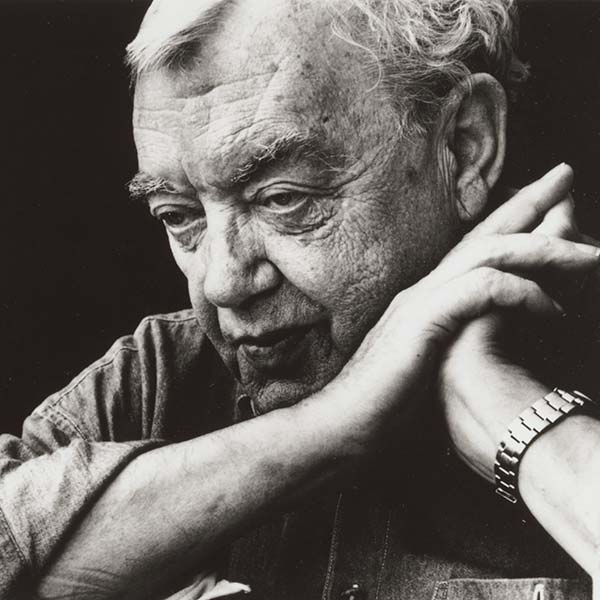
Author's Background: Robert Slutzky
Robert Slutzky (1929-2005) was an American abstract painter and architectural theorist. His paintings explored the relationship between space and color. He was also critical of the lack of complexity and aesthetics of the International Style, advocating for a more substantial architectural vocabulary. He went on to teach architecture theory at his alma mater, The Cooper Union, and at Austin University alongside Rowe. As for his art career, his paintings have been exhibited at the Metropolitan Museum of Art, the Whitney Museum of American Art, and the Philadelphia Museum of Art.
Source: Website Link
Introduction
The concept of transparency and its relation to space design has always been alluring to architects and designers, and through their exploration of the idea, large windows and glass curtain walls became a distinctive feature of modern architecture. Through their seminal text in architectural theory, Colin Rowe, in collaboration with Robert Slutzky, argue that transparency exceeds the basic use of see-through materials, and they propose two distinct definitions: literal and phenomenal transparency, each offering a different perspective on spatial experience. The essay was written between 1955 and 1956 and first published in the Yale Architectural Journal in 1963, but wasn’t published as a book until 1968 by Birkhäuser Architecture.
The pair start their essay with the clear definitions of the words “Transparency” and “Transparent”, using Webster’s New International Dictionary, and go on to reflect on how the definitions insinuate a “material condition” in relation to air and light, and an “intellectual imperative” stemming from inherent pursue of all that is clear, apparent and void of dissimulation. This leads to the word carrying heavy connotations of both meaning and misunderstanding.
Literal Transparency
Literal transparency, in its simplest sense, describes the physical quality of a material that permits the passage of light and sight. This approach to spatial design fosters openness by establishing a direct visual link between spaces, resonating with the modern movement’s “machine aesthetic,” which emphasizes the honesty of materials and the visibility of structure. The inherent translucency of materials, combined with spatial arrangements that create interconnected environments, removes any ambiguity about what lies beyond, providing a sense of clarity. This concept stands in stark contrast to layered or abstract interpretations of transparency, where the meaning is less about what is seen and more about perception and interaction. In “Transparency,” Colin Rowe and Robert Slutzky extend this conversation, challenging readers to consider how transparency can simultaneously reveal and conceal, pushing the boundaries of architectural theory. Their work explores how spatial relationships can be manipulated to foster new interpretations of both structure and meaning, making transparency a far more complex notion than first imagined.
Phenomenal Transparency
The second interpretation of transparency, proposed by Rowe and Slutzky, is phenomenal transparency. Contrary to literal transparency, it does not rely on the translucent property of the materials used but rather on the manipulation of the space via design to create interwoven exterior and interior planes. By blurring the lines between inside and outside spaces, they can be perceived simultaneously and experienced holistically through a sense of layering.
Phenomenal transparency, unlike its literal counterpart, encapsulates ambiguity and encourages a more dynamic iteration of space. This is achieved through the melding of multiple spaces by using open floor plans, strategically positioned windows, or courtyards. The authors challenged the notion that transparency is only achieved through the extensive use of glass, and argued that a thoughtfully arranged floor plan with interconnected spaces can achieve a more transparent space than a glass curtain wall that provides a mere one-dimensional, singular view.

Transparency in 20th Century Art
In order to define and establish their dual interpretation of transparency, many artworks from the early 20th century’s cubist movement were analyzed by the authors in order to further investigate the relationship between transparency and space.
Picasso’s “The Clarinet Player” was used by the authors as a clear example of literal transparency during the cubism art movement, as he utilizes exceptionally assertive contours that are incredibly dissociated from their background in order to insinuate a sense of a positively transparent figure coming forth from a deep space.
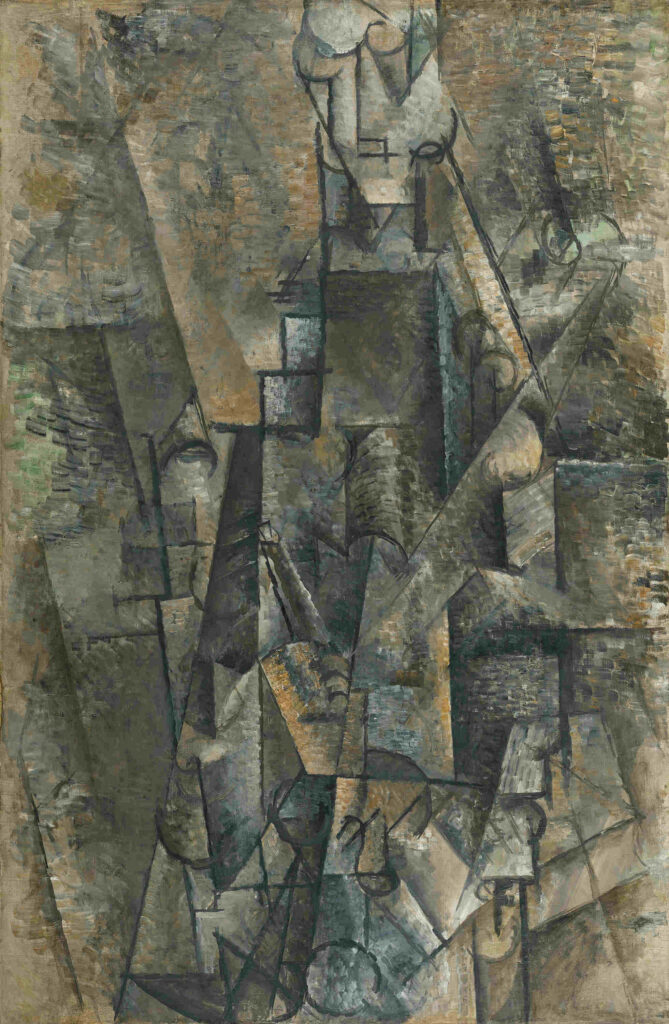
In Comparison, the authors went on to dissect the cubist work of Georges Barque, “The Portuguese”, as a reference for the manifestation of phenomenal transparency in the art movement. The Painting provides a sense of transparency through its highly developed spatial organization and complexity, rather than through the layering of translucency. By introducing a primarily shallow space, as opposing to the insinuated depth of “The Clarinet Player”, the painting offers the possibility of independent reading of grid and figure for the viewer.
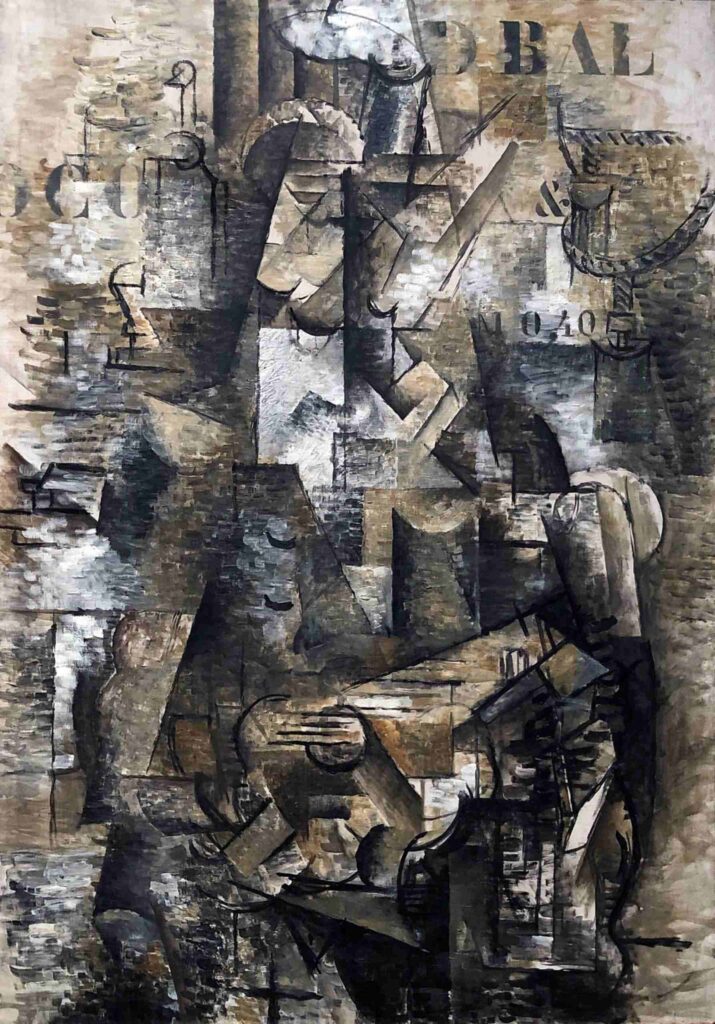
Transparency in 20th Century Architecture
The interpretation of the two definitions of transparency is relatively different in the architectural realm versus the pictorial realm. The authors reflect on how the third dimension is only a mere implication through painting, while in architecture it is an irrefutable reality that cannot be suppressed.
The authors used “Bauhaus” by Walter Gropius as an unequivocal model of literal transparency in their work. The use of the glass curtain wall enveloping the building, alongside its intricately framing grid, opens up the indoor spaces for outdoor perception. Moreover, due to the continuous consciousness of the slat pressing up behind the window, speculations of the relationship between materiality and structure are immediately eliminated. Therefore, Bauhaus is presented as a prime example of the manifestation of the principles of literal transparency in architecture.
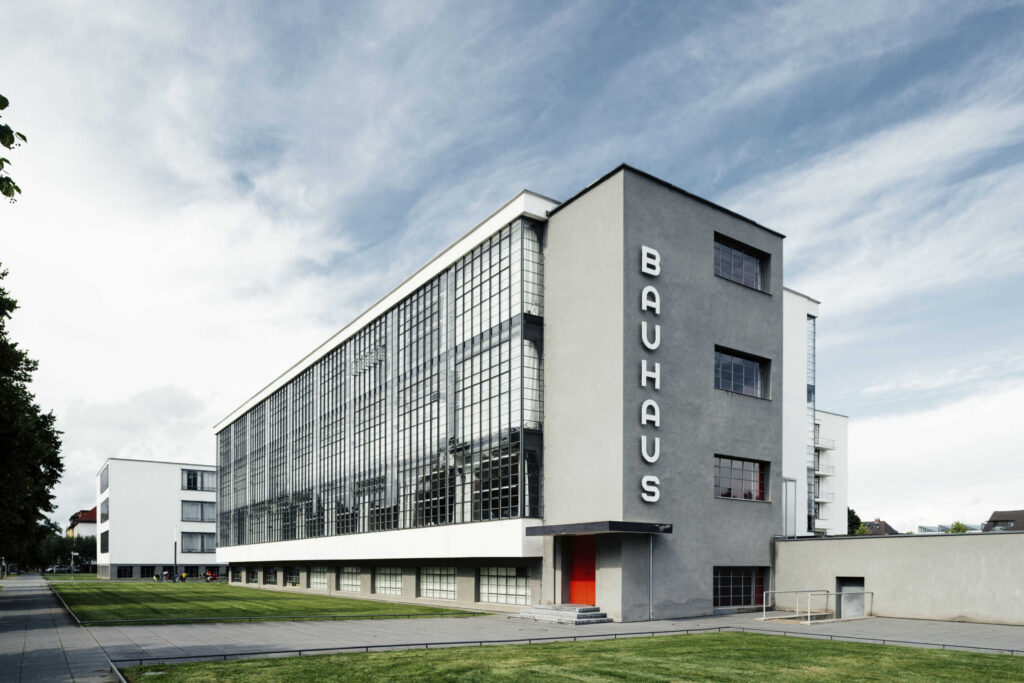
In Comparison, the authors dissected “Villa at Garches”, also known as “Villa Stein”, by Le Corbusier as one of their examples of their interpretation of phenomenal transparency. By using a broken grid and an irregular facade design that does not incorporate relatively as much transparent material as “Bauhaus”, the building allows for the viewer an allowance for respective interpretation, representing the main principle of phenomenal transparency. Through the utilization of subtraction from building’s volume, the Villa at Garches showcases many geometric planes, including both positive and negative spaces, and provides substantial visual clues in order to balance the shape of the villa while creating an interesting illusion of complexity and integrated spatial design beyond the its facade.
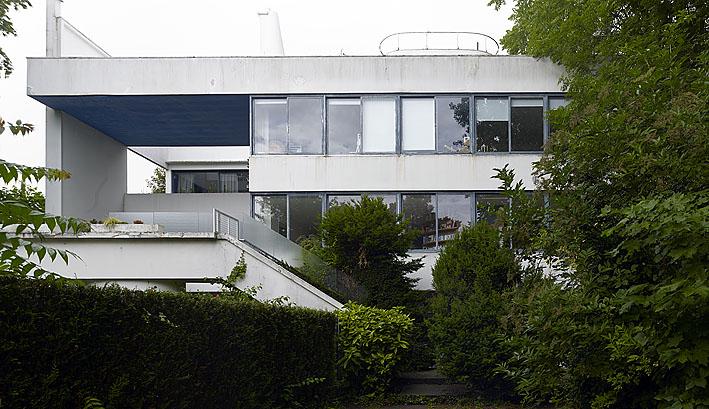
Through their essay, the authors were able to significantly broaden the idea of transparency in architecture beyond the materialistic and physical aspect, and focus more on how spatial organization can exude that sense of interwoven connectivity between spaces.
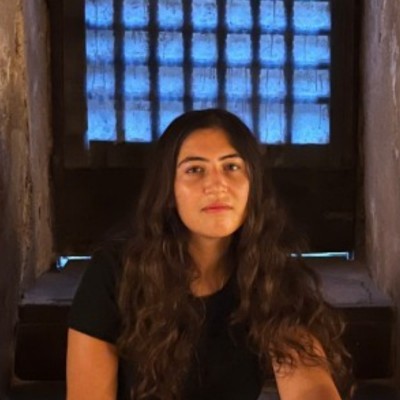
-1
Conclusion
Rowe and Slutzky’s essay on transparency challenged its common and narrow definition that equated it purely with see-through materials and physical translucency. In their work they suggested a wider understanding of the definition, through its division into two distinct interpretations, literal and phenomenal transparency. Literal transparency is built on the idea of clear visual connection between spaces through the use of translucent materials, while phenomenal transparency creates a dynamic experience through integrated layers of space, blurring the lines between the interior and the exterior. Through their analysis of artworks from the cubism art movement, and their reflections on the manifestation of their ideas on transparency in modern architecture, they were able to demonstrate that transparency can be achieved through mindful design choices and conscious manipulation of space, not just through the use of glass.
References
- Muschamp, H. (1999, November 8). Nytimes.com. The New York Times – Breaking News, US News, World News and Videos. https://www.nytimes.com/1999/11/08/arts/colin-rowe-architecture-professor-dies-at-79.html
- Cooper union architecture archive: Browse projects. (n.d.). Cooper Union Architecture Archive. https://archswc.cooper.edu/Browse/projects/facet/entity_facet/id/123
- Rowe, C., & Slutsky, R. (1983). Transparency.
- The Revivalist Workshop. (2012, February 12). Transparency: Literal and phenomenal. Arch360.
- https://arch360.wordpress.com/2012/02/02/transparency-literal-and-phenomenal/
Rana Ramy
About the author
Rana is an ambitious architect, urban designer and researcher recently graduated from The German University in Cairo. With a passion for architecture, urban design, and filmmaking, she aspires to one day contribute positively to her field, her heritage and the environment through her professional experience.
Related articles

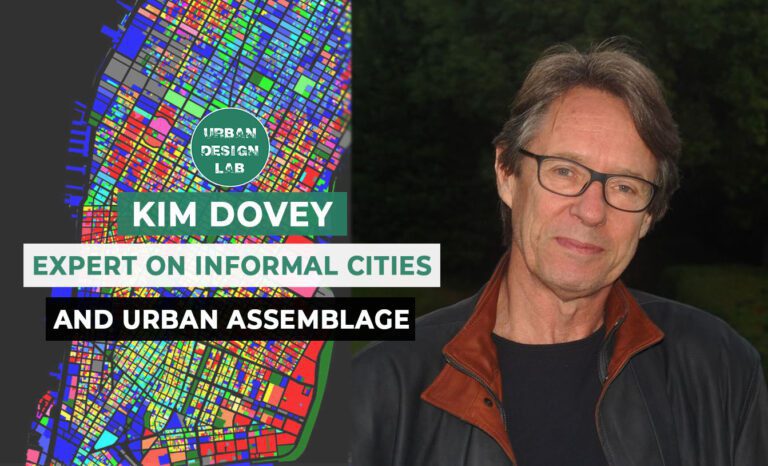
Kim Dovey: Leading Theories on Informal Cities and Urban Assemblage
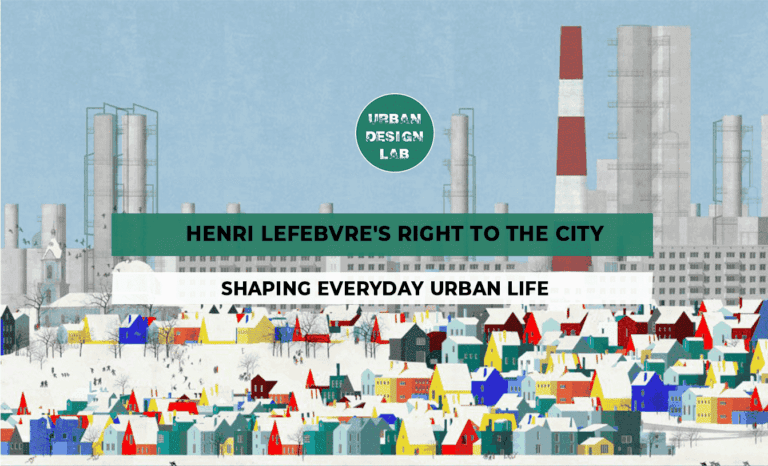
Henri Lefebvre’s Right to the City: Shaping Everyday Urban Life
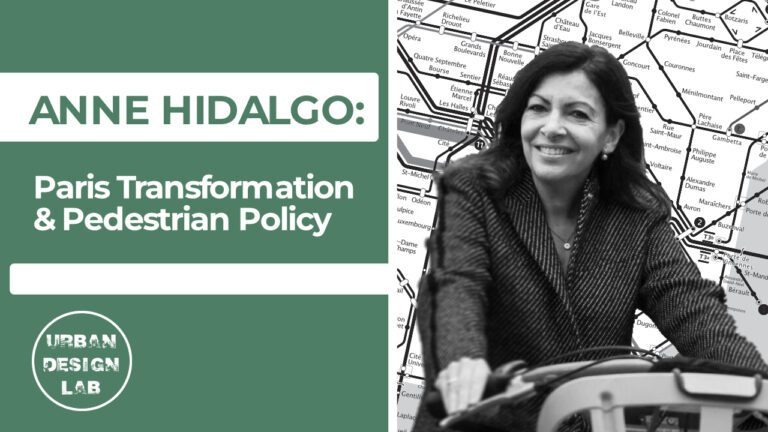
Anne Hidalgo – aris Transformation & Pedestrian Policy
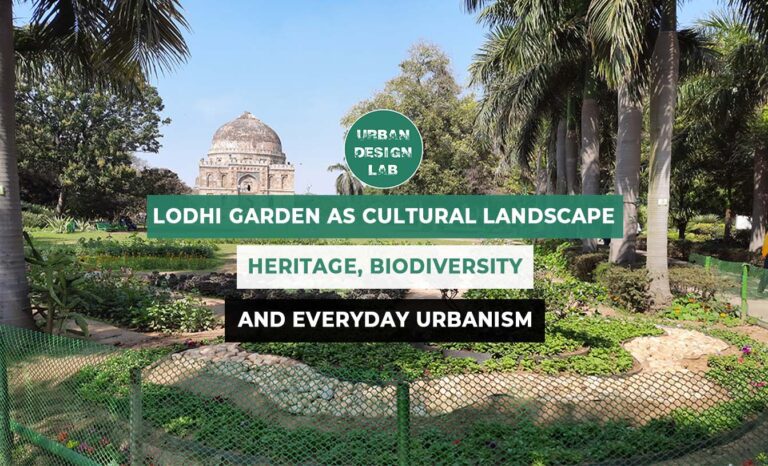
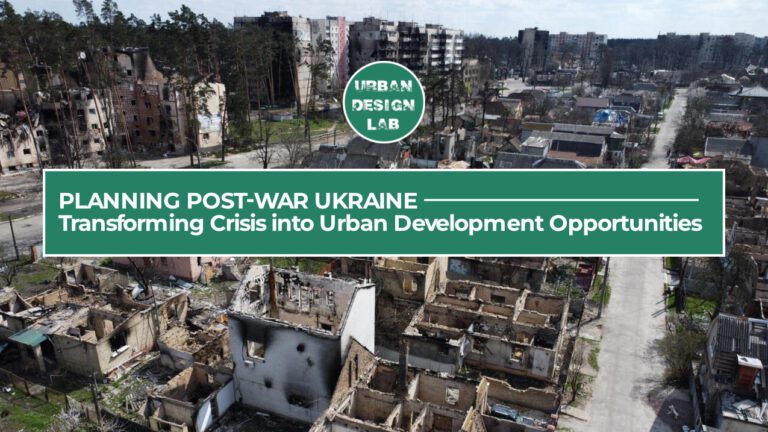
UDL GIS
Masterclass
Gis Made Easy- Learn to Map, Analyse and Transform Urban Futures
Session Dates
15th-19th December 2025

Urban Design Lab
Be the part of our Network
Stay updated on workshops, design tools, and calls for collaboration
Curating the best graduate thesis project globally!

Free E-Book
From thesis to Portfolio
A Guide to Convert Academic Work into a Professional Portfolio”
Recent Posts
- Article Posted:
- Article Posted:
- Article Posted:
- Article Posted:
- Article Posted:
- Article Posted:
- Article Posted:
- Article Posted:
- Article Posted:
- Article Posted:
- Article Posted:
Sign up for our Newsletter
“Let’s explore the new avenues of Urban environment together “

























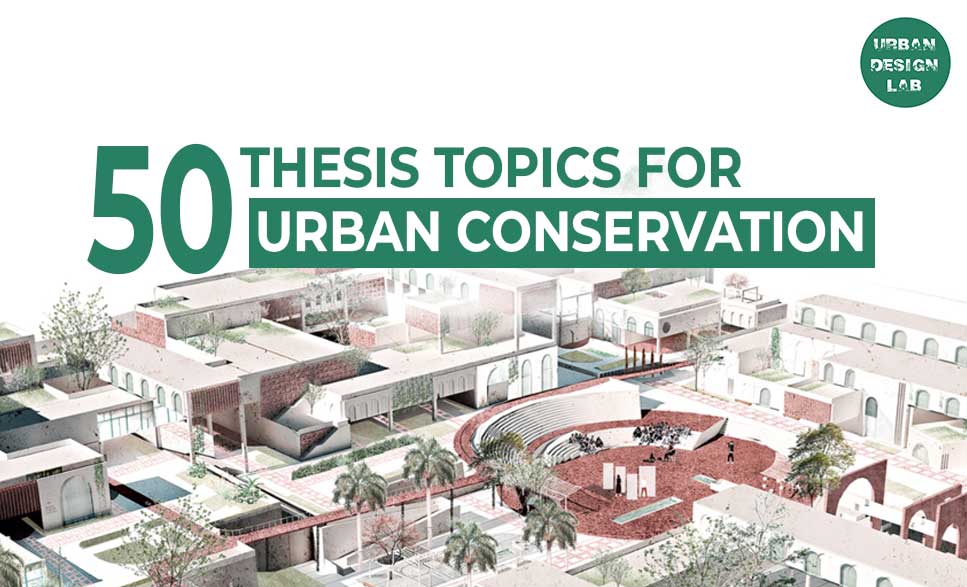
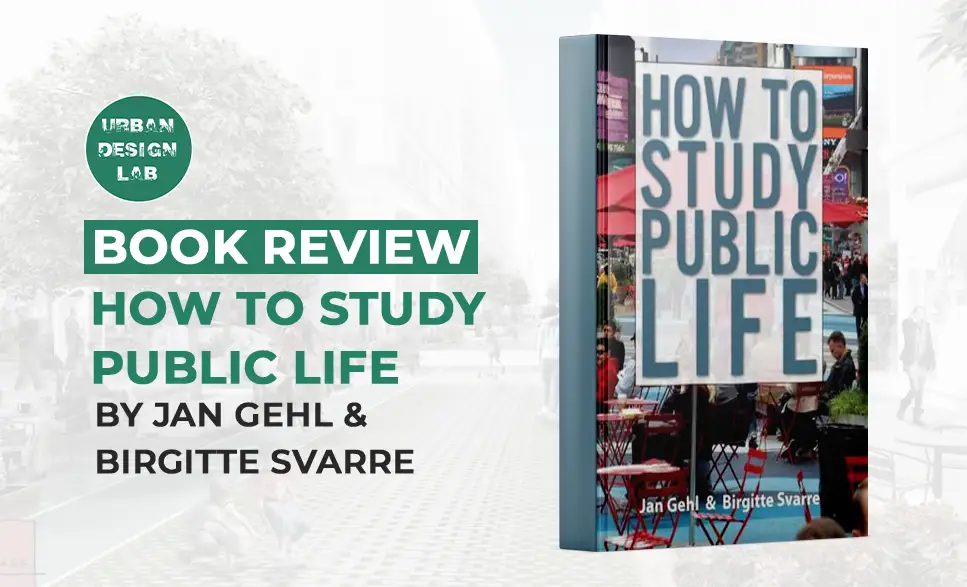
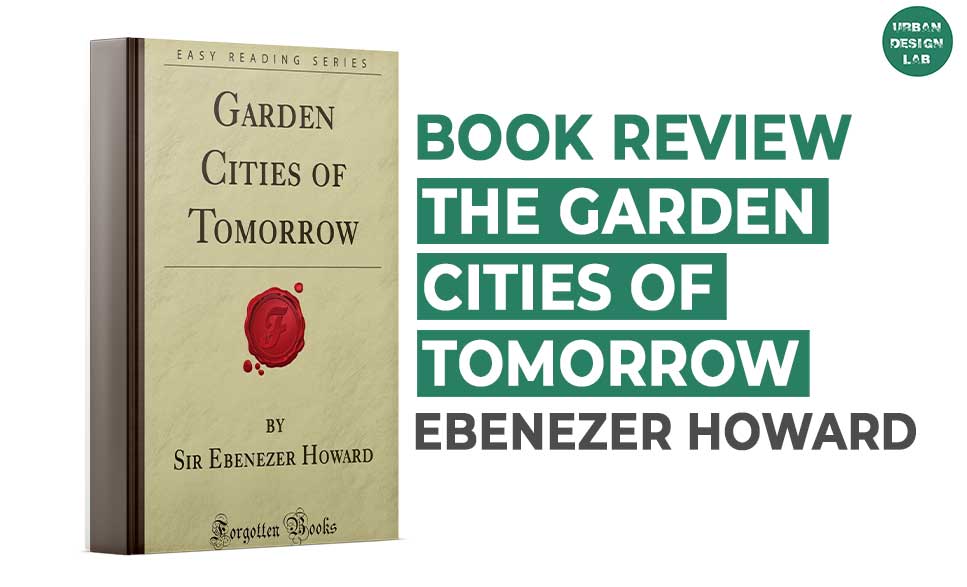

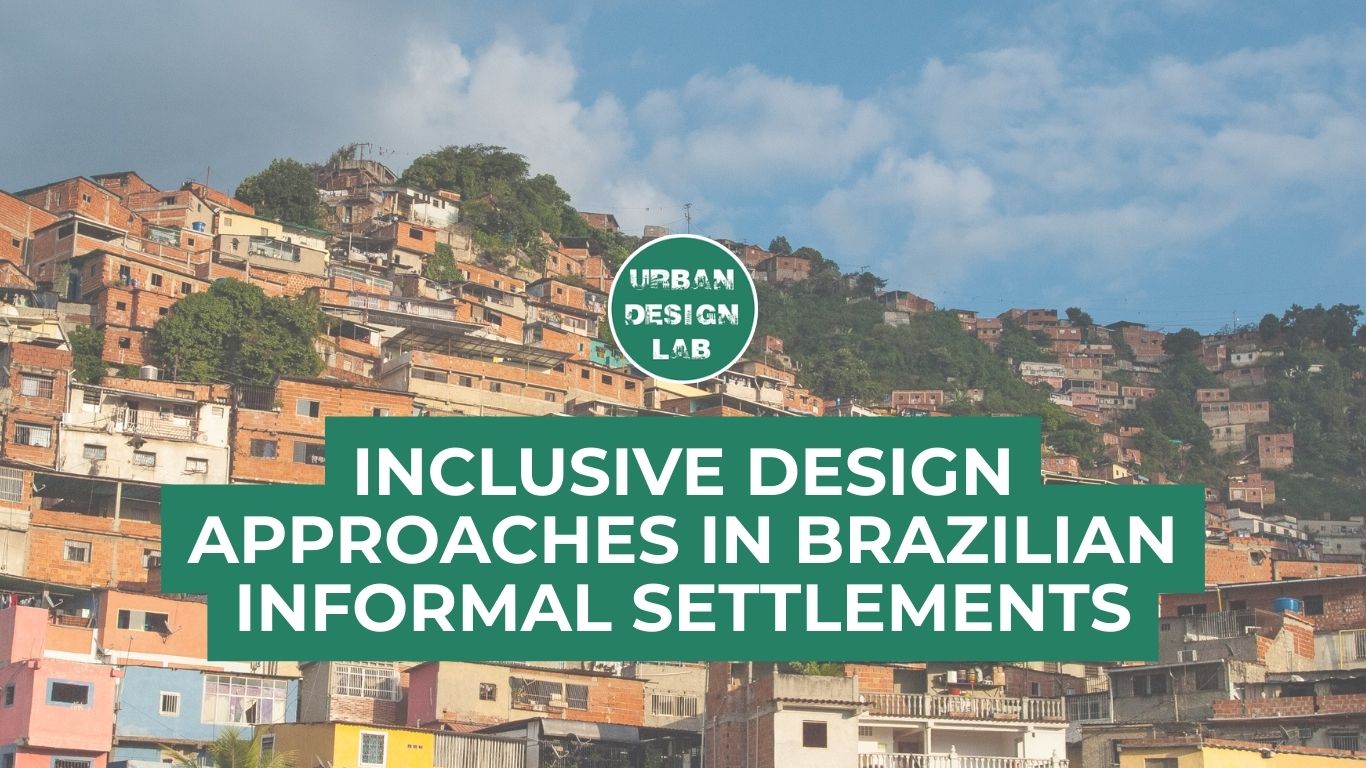


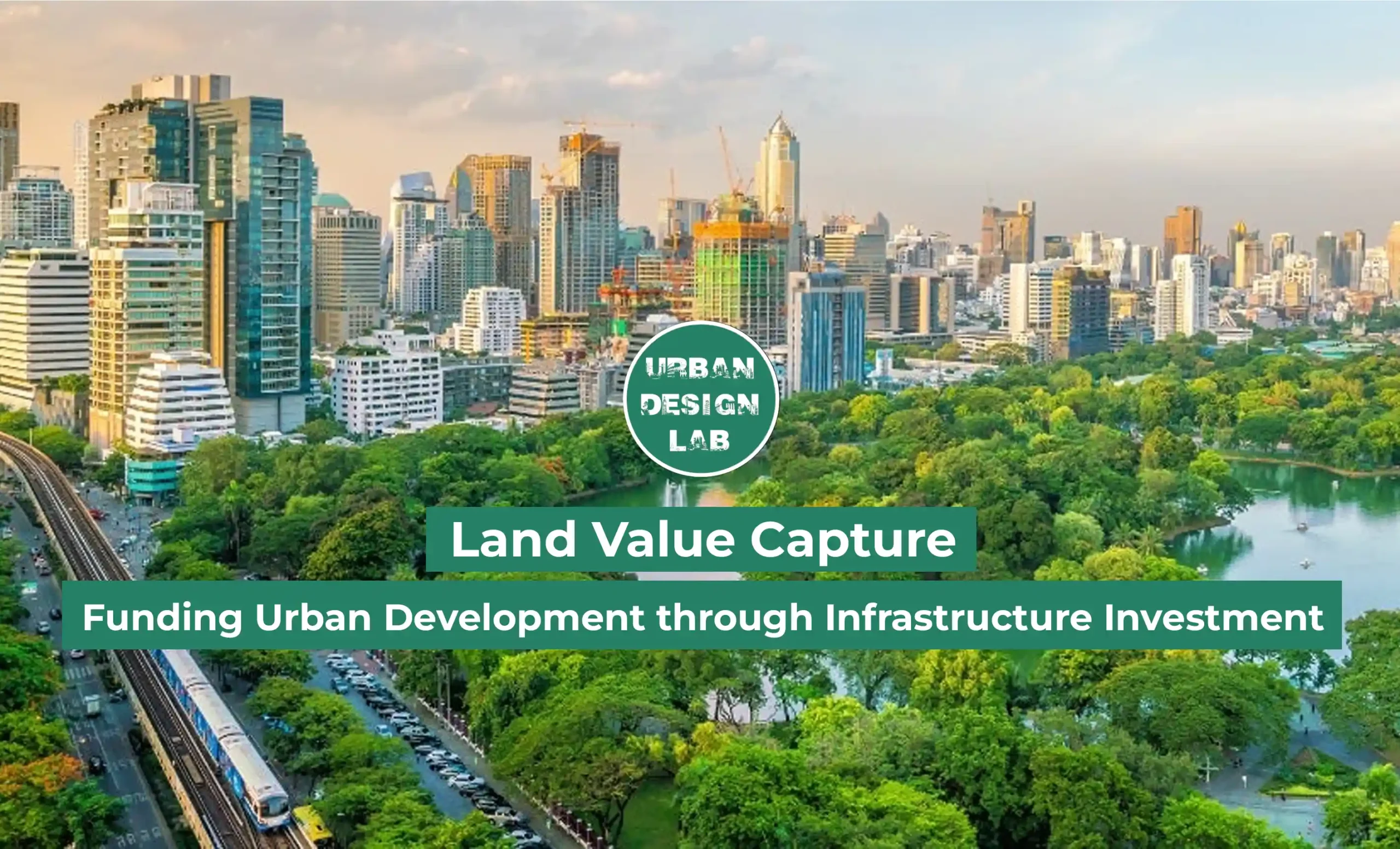
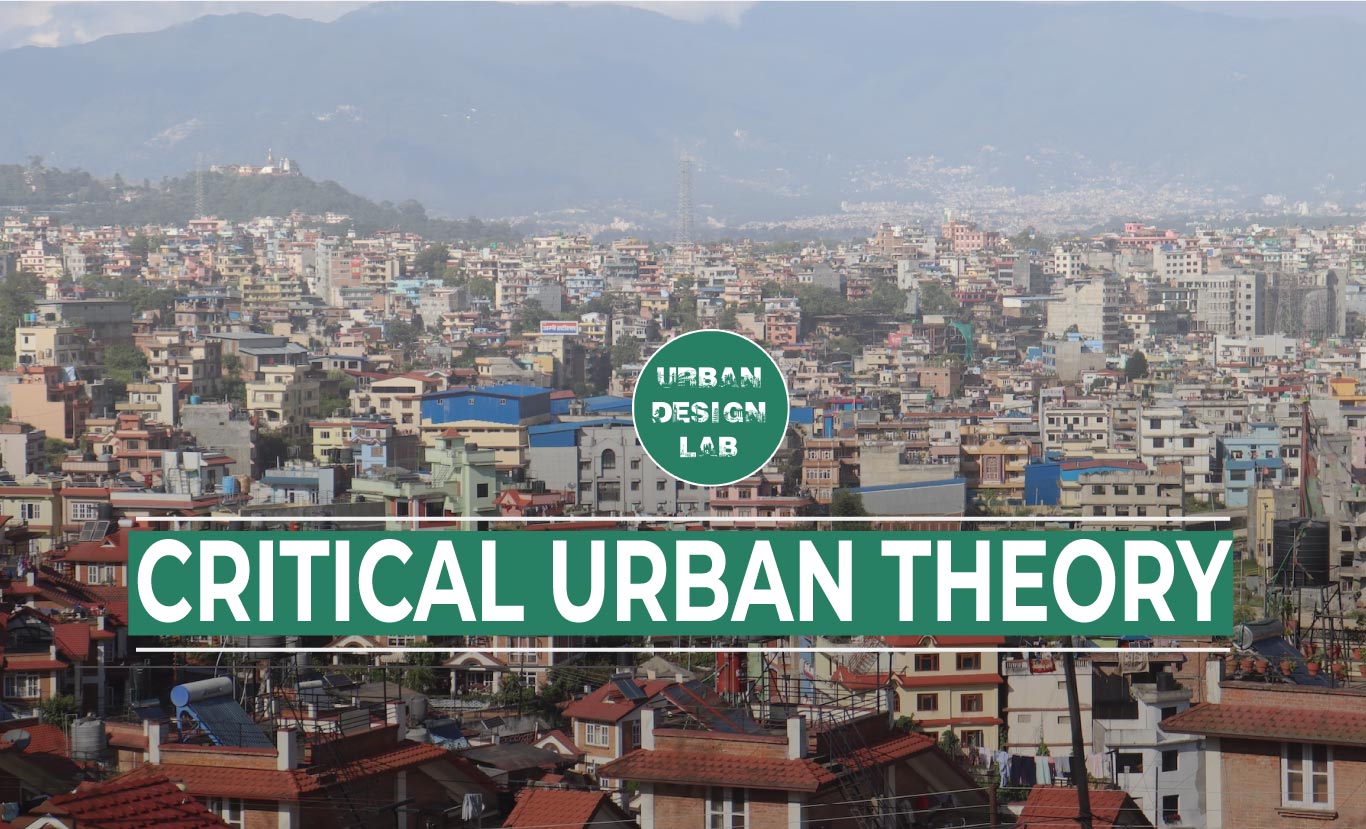

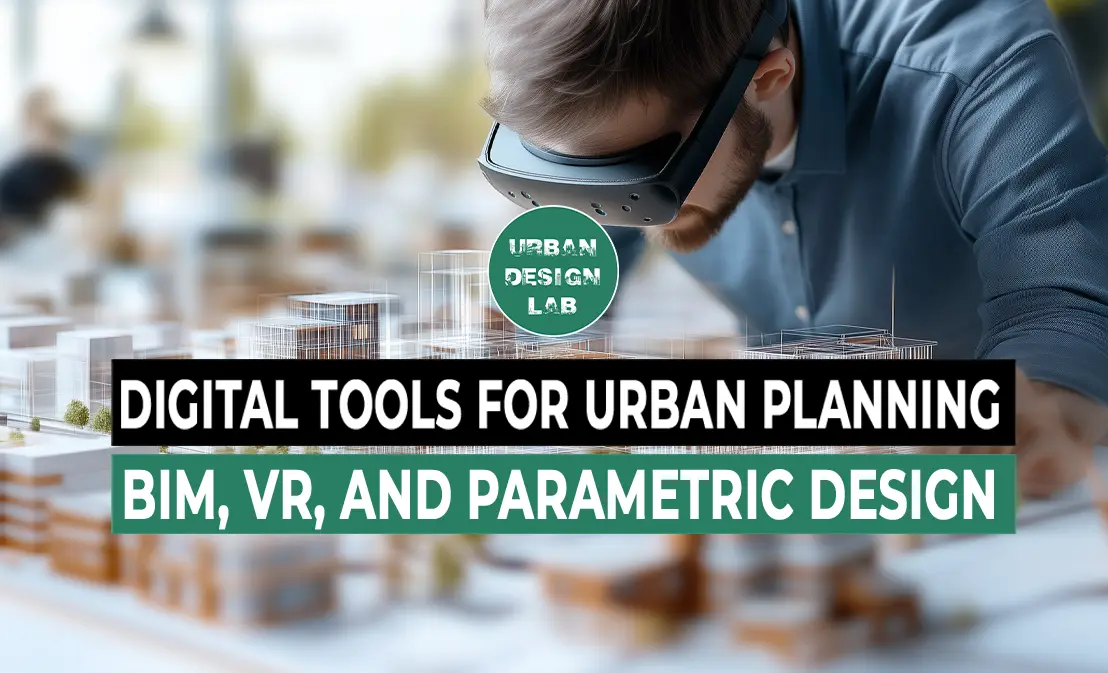

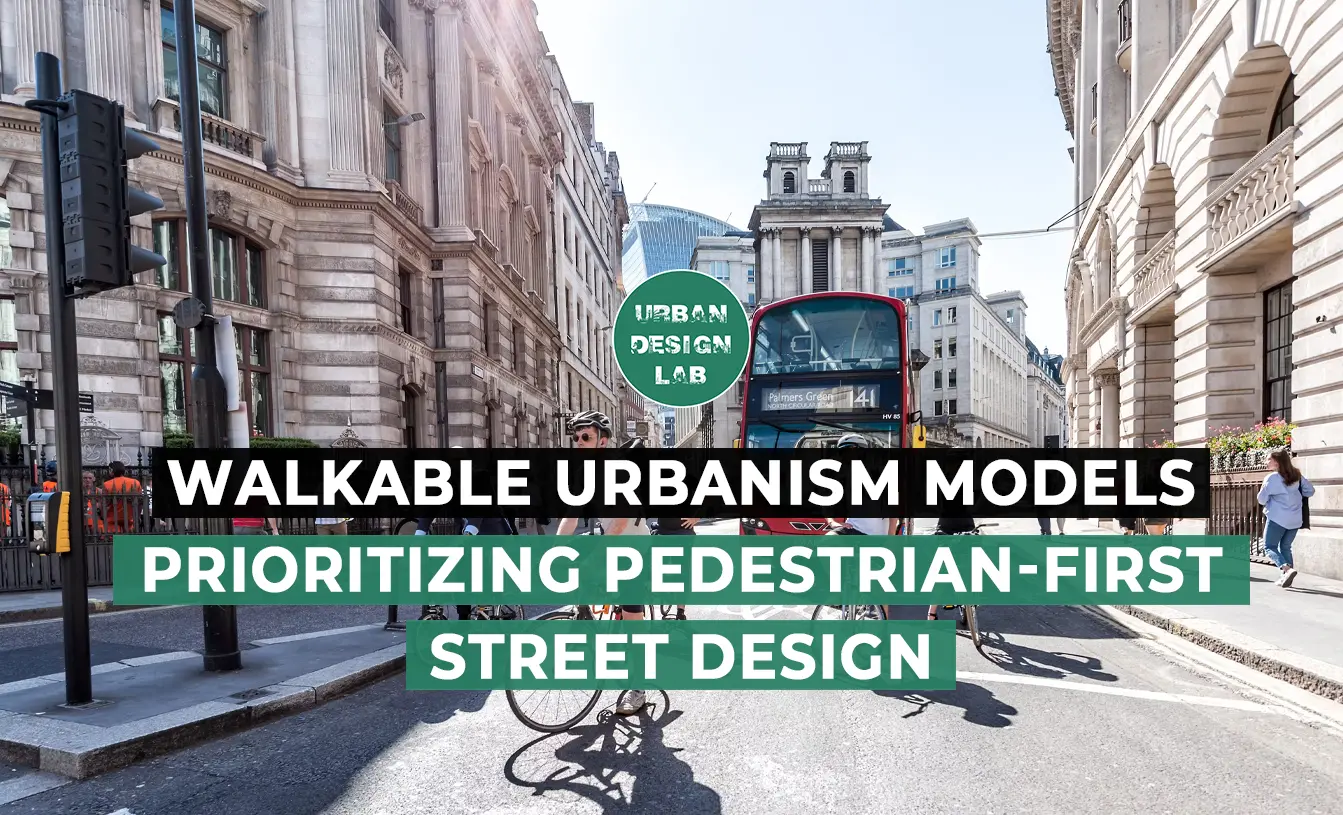


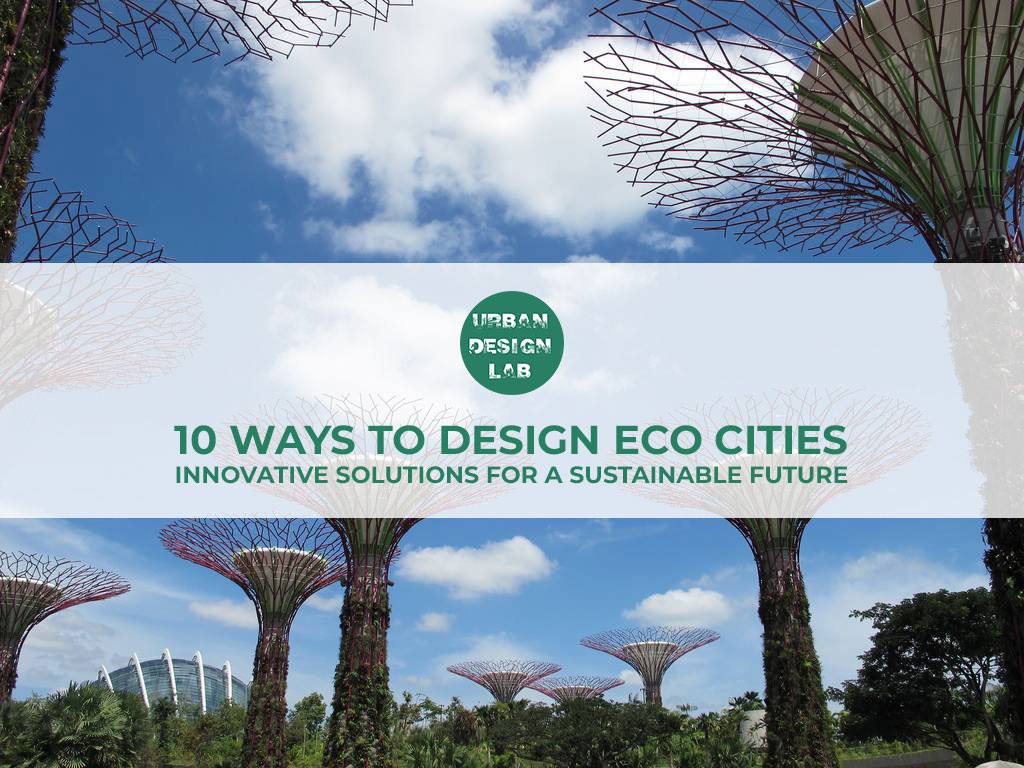


One Comment
What can be the uses of this transparency theory while designing a structure? What thought does one have to keep in mind so as to determine that this is phenomenal transparency but that one is not? And is there any set of rules for the same?